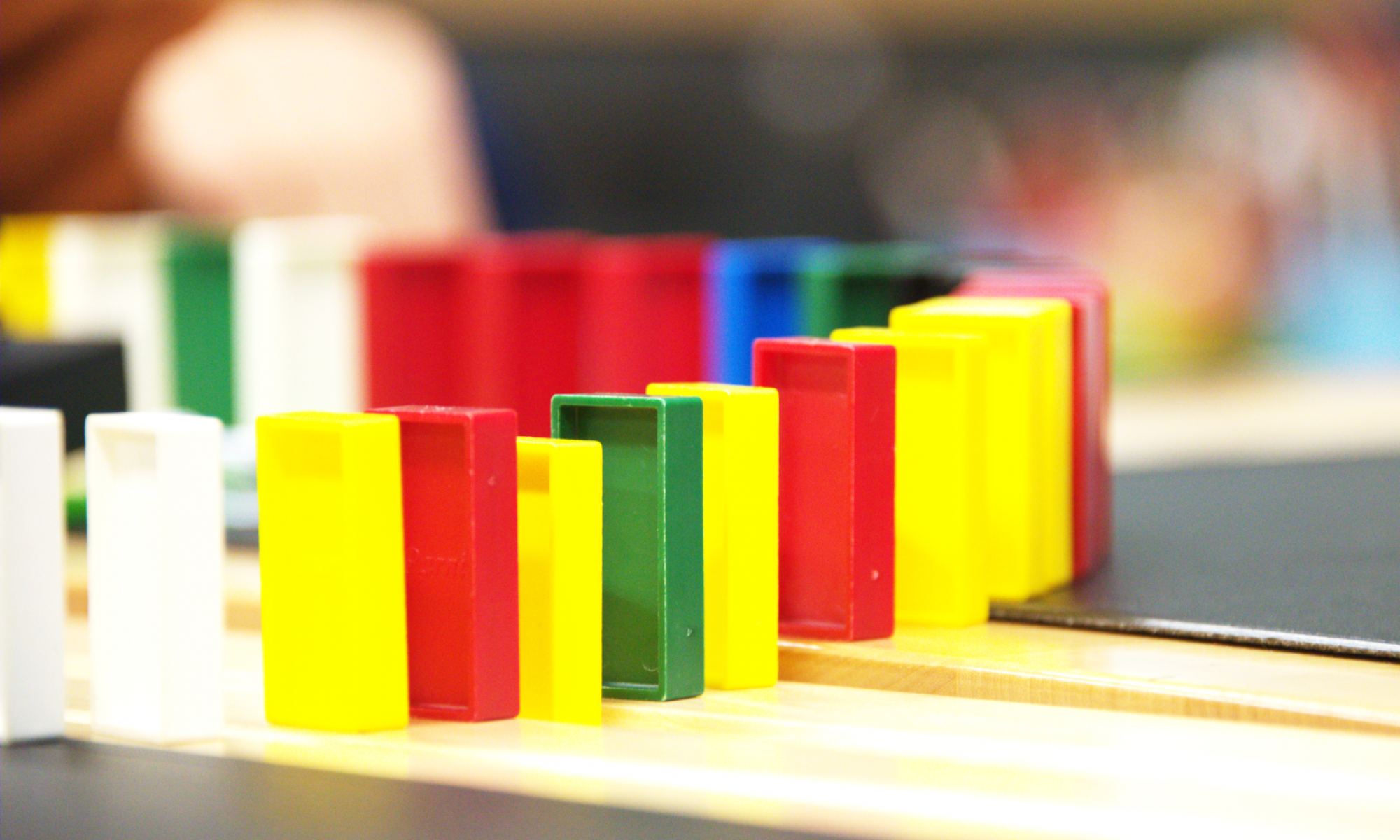Traditionally, inventing is associated with the building of a gadget or a device. Many have a mental image of an inventor as someone who works alone in his shop at his appliances, and possibly resembles Gyro Gearloose from the Donald Duck comics. A strong grasp of science and technology is often linked with inventing, and a prime example of an invention is the robot. However, according to the Foundation for Finnish Inventions
Inventions provide answers to topical needs and functions as problem solvers.
An invention can thus be a product, a method, or an application with a concrete use. The ideas of the foundation correspond to the image described above, even though the definition includes immaterial inventions. This perception is changing, as there are many ways to invent and anyone can be an inventor.
Inventing is not just about new technology. Immaterial inventions are being developed in the field of service design, for example. When planning the structure of the study unit the Double Diamond model from the field of service design can be a useful help. You can read more on service design in the Matka palvelumuotoiluun guidebook for teachers by Opinkirjo (in Finnish). New inventions often make use of art and design. This approach is promoted by the STEMtoSTEAM movement, where science (S), technology (T), engineering (E), and mathematics (M) education are reinforced with the addition of art (A). At its core, inventing is like any creative process generating something new. To support inventing, different creative problem-solving techniques can be employed. A new game can be an example of an invention. Children and teenagers are natural inventors, even if they do not necessarily recognise it in themselves.
In the Inventions for circular economy study unit, the aim is to come up with immaterial inventions and to use digital tools. It is important to come up with an idea, but also to put the idea of an invention into practice. One example of an invention put into practice is a prototype of a mobile application. These are easily made by using a smartphone.
Despite the emphasis of the study unit being on immaterial inventions, technological or material invention projects can also be carried out as extra projects. This may benefit those children in the group who are technologically oriented or interested in building something concrete. If this is the case, it is a good idea to familiarise yourself with Maker Culture, which can be described as modern, material inventing in the spirit of do-it-yourself. It is also recommended that you get acquainted with projects teaching and studying Maker Culture and the Innokas Network.
The Innovation Process, produced by the Innokas Network, is a flowchart rising from invention pedagogy, meant for the planning and execution of a technological invention project. The chart illustrates the importance of an iterative process, and the depicted stages can also be applied to the production of immaterial inventions. The Innovation Process page describes the stages of the process in more detail and provides video examples of a circular economic innovation project carried out in a school setting.
Pupils’ opinions on inventing
The attached video includes an interview with pupils of different ages on the topic of inventing. As you watch the video, pay attention to these questions. What do the pupils consider to be an invention? What characteristics do they associate with inventing? How do they see themselves as inventors? Are their opinions of themselves in conflict with their ideas of what an inventor should be able to do?
